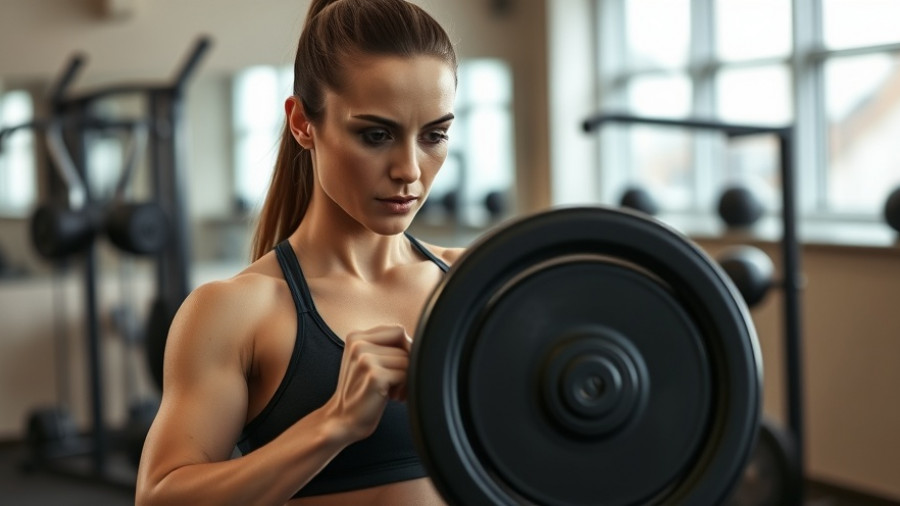
Understanding Holistic Sleep Health
The American Heart Association (AHA) has recently provided important insights regarding sleep health, confirming that it's about much more than just the number of hours spent in bed. Holistic sleep health encompasses timing, regularity, and the vitality of sleep, emphasizing that poor sleep can significantly escalate risks of heart disease, stroke, diabetes, and obesity. This means that many people might be unwittingly compromising their heart health simply by failing to maintain good sleep habits.
The Dangers of Irregular Sleep Patterns
Research indicates that irregular sleep schedules and late bedtimes can heighten cardiovascular risks by a staggering 20-57%. This evidence prompts individuals to consider not only how long they sleep but also when they sleep, reminding us that our body’s natural rhythms play a critical role in overall health.
Why Traditional Sleep Aids Fall Short
While the pharmaceutical industry offers numerous sleep aids, these often address the symptoms rather than the root causes of sleep issues. Conventional treatments frequently focus on alleviating the inability to sleep, neglecting essential lifestyle factors such as light exposure and stress management that contribute to sleep quality.
Holistic Approaches to Better Sleep
Integrating holistic solutions is essential for attaining restorative sleep. Techniques like aligning sleep patterns with natural light cycles and incorporating stress-reduction practices—such as yoga and meditation—can have profound impacts. Not only do they promote better sleep, but they also enhance physical health and well-being.
Benefits of Prioritizing Sleep Health
By understanding and pursuing holistic sleep health, individuals can make proactive choices to mitigate health risks. Improved sleep not only positively affects heart health but can also bolster mental clarity, emotional stability, and overall productivity. Thus, prioritizing sleep should not be seen merely as a personal choice but rather as a crucial health strategy.
Conclusion: A Call to Action for Heart Health
The insights from the AHA highlight the critical importance of recognizing sleep as a cornerstone of cardiovascular health. Embracing a holistic approach can empower individuals to take charge of their health. As we turn our attention to lifestyle choices, let’s commit to improving our sleep quality for better heart health and overall well-being.
 Add Row
Add Row  Add
Add 




Write A Comment